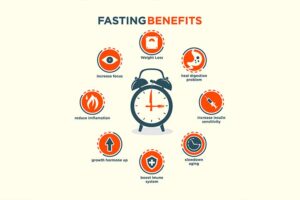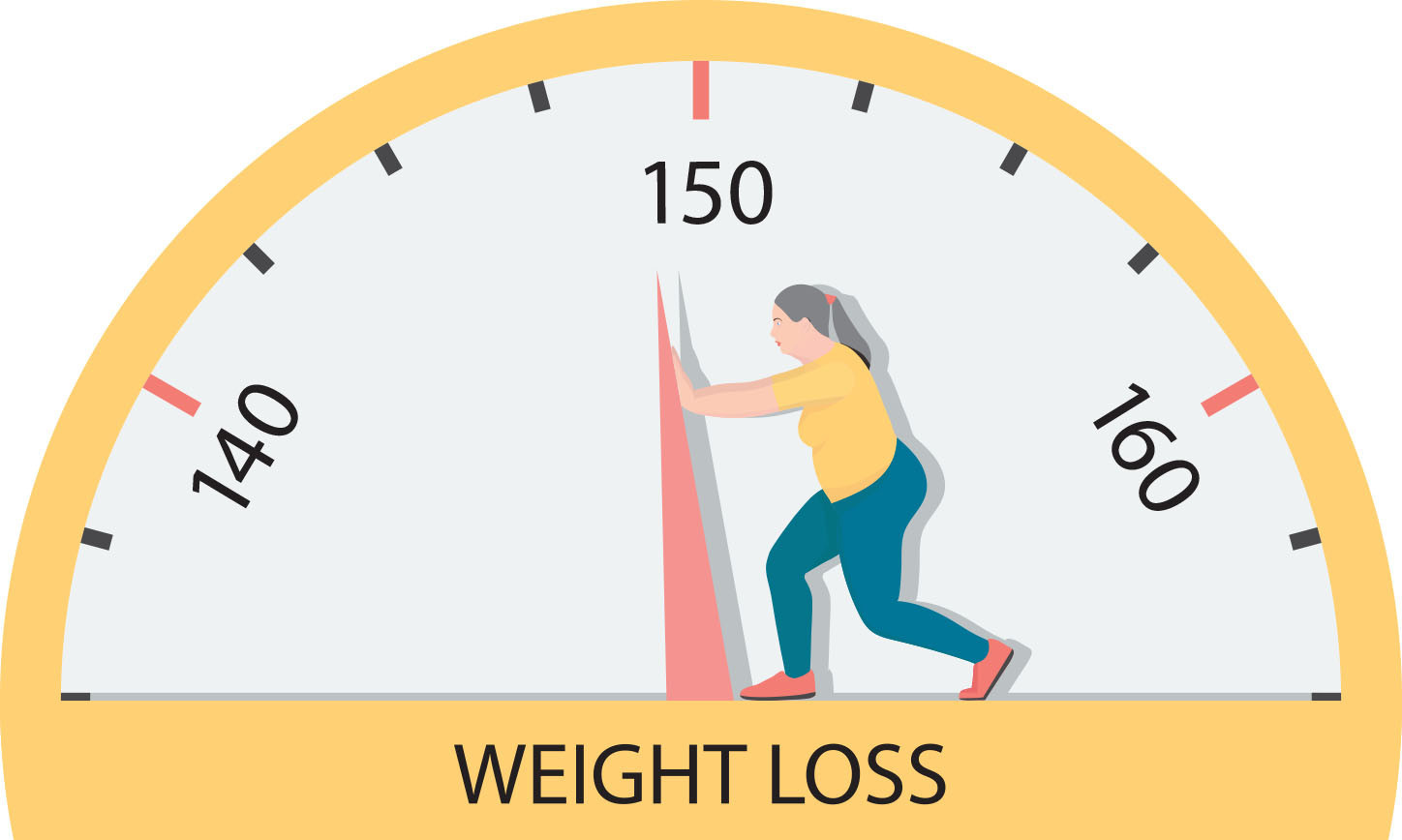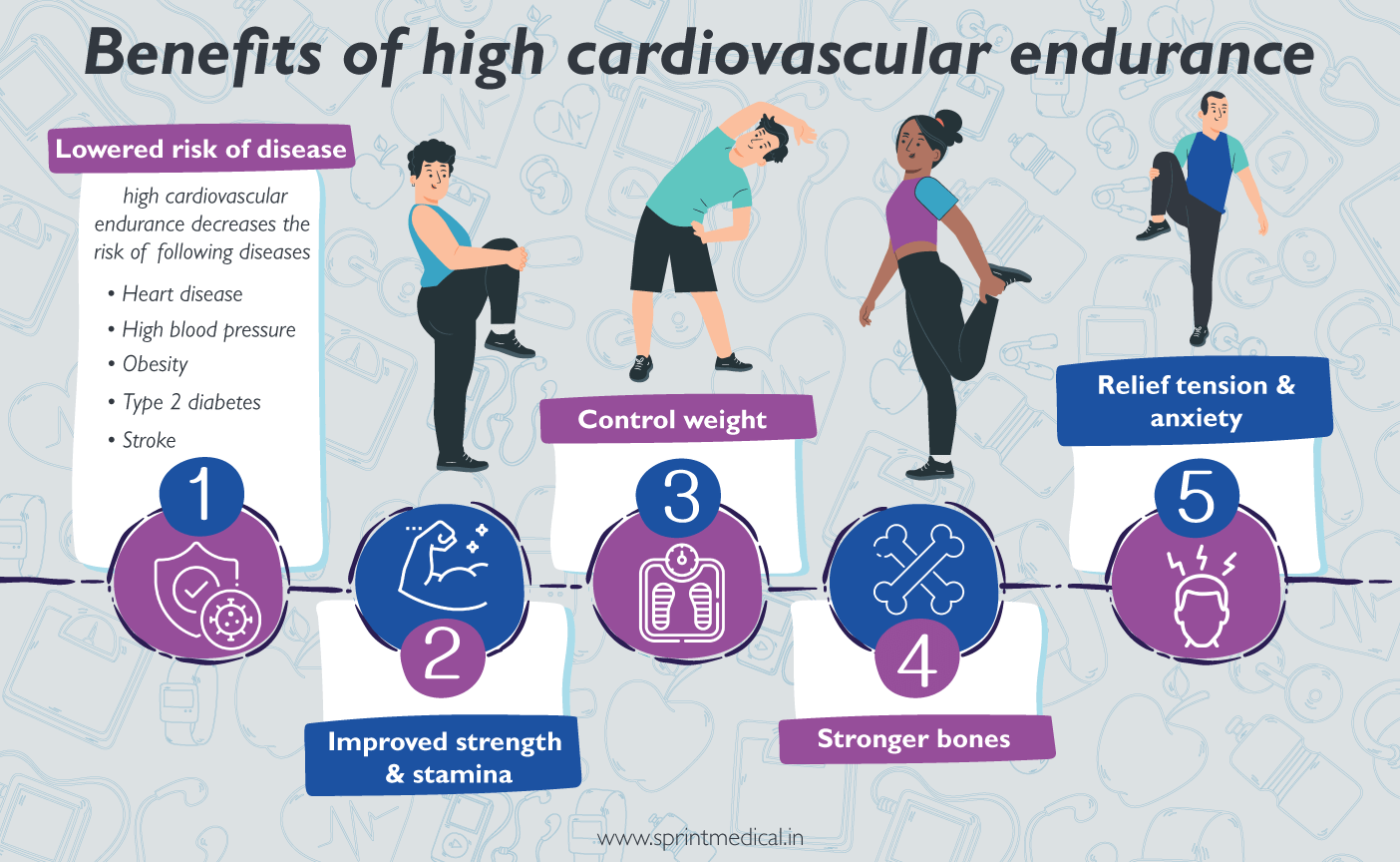In the realm of weight loss, cardio and strength training stand out as pivotal elements to attaining a leaner and healthier body. By delving into the scientific intricacies of these two exercise forms, one can discern their distinct effects on fat reduction, muscle preservation, and metabolic enhancement. This understanding serves as a cornerstone in formulating an effective and sustainable weight loss regimen tailored to individual needs. While both play essential roles in fitness, understanding their impact on fat loss, muscle retention, and metabolism can help you create the perfect weight loss strategy. Let’s dive deep into the science behind cardio and strength training to determine which one is superior for long-term weight loss.
Breaking Down Cardio and Strength Training
Cardio: The King of Calorie Burn

Cardiovascular exercises increase heart rate and improve endurance while burning calories quickly.
- Examples: Running, swimming, cycling, jump rope, HIIT (High-Intensity Interval Training)
- Caloric Burn: 300–600 calories per hour, depending on intensity
- Primary Benefits: Improved heart health, increased endurance, and rapid calorie expenditure
Strength Training: The Metabolism Booster
Strength training focuses on building and maintaining lean muscle mass, which helps increase your resting metabolic rate (RMR).
- Examples: Weightlifting, bodyweight exercises, resistance band workouts
- Caloric Burn: 200–400 calories per session, with extended post-workout fat burning
- Primary Benefits: Muscle growth, metabolism enhancement, and long-term fat loss
Cardio vs. Strength Training: Which Burns More Fat?
While cardio burns more calories during the workout, strength training provides a significant afterburn effect (Excess Post-Exercise Oxygen Consumption, or EPOC), leading to continuous calorie burn for up to 48 hours post-workout.
- Cardio: High-calorie burn during the session, but minimal post-workout benefits
- Strength Training: Moderate-calorie burn during exercise but a prolonged fat-burning effect after the session
Scientific Insight:
A study from the Journal of Strength and Conditioning Research found that individuals who incorporated weight training into their routine burned more calories at rest than those who only did cardio.
Muscle Retention vs. Fat Loss

While cardio is excellent for reducing overall body fat, excessive aerobic workouts can lead to muscle loss. On the other hand, strength training preserves muscle while simultaneously cutting fat, leading to a leaner and more defined physique.
- Too much cardio: Can result in muscle breakdown if not paired with strength training
- Strength training: Helps maintain muscle, keeping metabolism high
The Role of Metabolism in Weight Loss
Metabolism plays a crucial role in determining how efficiently your body burns calories. The more muscle mass you have, the higher your basal metabolic rate (BMR), meaning you burn more calories even while resting.
- 1 kg of muscle burns 50+ calories per day
- 1 kg of fat burns only 5–10 calories per day
Which One Increases Metabolism More?
- Cardio: Burns calories instantly but has little effect on long-term metabolism.
- Strength Training: Creates muscle mass, increasing your body’s ability to burn calories around the clock.
The Best Workout Plan for Maximum Fat Loss
For optimal weight loss, combining both cardio and strength training is the most effective approach.
Ideal Weekly Schedule:
- 3–4 days of strength training (targeting full-body or major muscle groups)
- 2–3 days of cardio (preferably HIIT or moderate-intensity sessions)
- 1–2 rest/recovery days (to avoid overtraining)
Final Verdict: What’s Better for Fat Loss?
- If your goal is short-term fat loss, cardio burns more calories initially.
- If your goal is long-term fat loss and muscle definition, strength training is superior.
- The best strategy is to combine both for sustainable results.
Expert Tip:
For the best fat loss results, start your workout with strength training and finish with a short cardio session. This ensures that glycogen stores are depleted first, allowing cardio to burn more stored fat instead of carbohydrates.
FAQs
1. Can I lose weight with just strength training?
Yes! Strength training alone can lead to fat loss while increasing muscle definition. However, adding cardio will enhance results.
2. Is HIIT better than steady-state cardio?
HIIT burns more calories in less time and increases afterburn, making it superior for weight loss.
3. How long should I work out for weight loss?
A mix of 45–60 minutes of strength training + cardio 4–5 times a week is optimal.
By combining the best of both worlds, you can achieve faster fat loss, build muscle, and maintain a high metabolism long-term. Start today and transform your body with a balanced approach!
For more expert fitness insights and weight loss strategies, stay tuned to Gyaan Factory!


